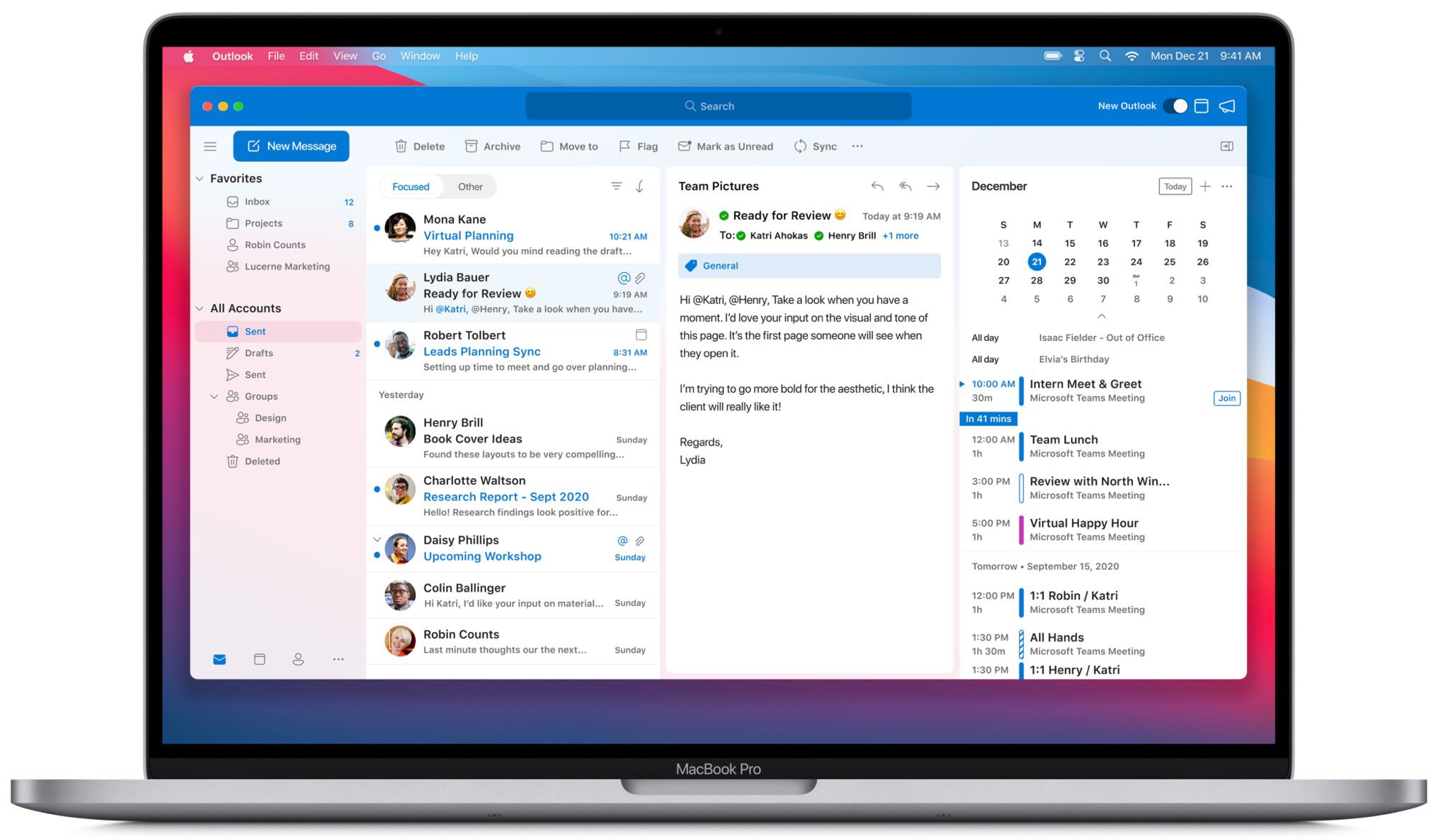

Microsoft Graph REST API keeps close parity with the customer experience, letting apps create, manage, and respond to events just as naturally: Automate appointment organization and calendaringĬustomers like how Outlook lets them organize their time for work, family, and personal activities. ** Denotes features below that are specifically applicable to Outlook calendars in only work or school accounts. Most features in the Outlook calendar API apply to calendars in personal Microsoft accounts and work or school accounts. Microsoft Graph not only connects apps to the calendar, mail, and contacts data of these customers, it enables apps to integrate with the best of Microsoft 365 and support a wide range of scenarios that enhance productivity and collaboration. They can set up meetings, manage emails, find information about contacts and other users, and initiate conversations or online meetings all in one place, be it on the web, mobile, or desktop. Many millions of customers use Outlook calendar as part of an integrated hub that lets them effectively communicate and get things done. Reach hundreds of millions of customers and build rich scenarios The following sections list a few of them.
Using NetworkDays.The rich features of Outlook calendar and its API open up many app opportunities.

Combining arrays into a single array is such a common Excel question that is begging for an in-built solution.Ĭount your working days in Excel with NETWORKDAYS() Or, Microsoft could add some array management functions. With that change, it’s simple to link with different ranges of non-working days: public holidays in one, personal vacations in another etc. =NETWORKDAYS.INTL (start_date), end_date,, ,, ) Perhaps the function could be expanded to accept two or more additional ‘Holidays’ parameters instead of just one. Trying to merge multiple ranges into a single parameter is unnecessarily difficult to setup and maintain. Ideally, NetworkDays.Intl() would get a revamp by Microsoft to make it a lot easier to define multiple non-working day ranges.
Add us holidays to outlook 365 for mac code#
We have Excel VBA code combining arrays and ranges into a single array which is a useful thing in Excel and not just for NetworkDays(). There’s no simple way to do that, even in Excel 365, which is disappointing. What’s needed is a way to combine the lists and arrays of dates into a single array that NetworkDays() can accept. In other words, if a public holiday falls during a vacation. If there are any overlapping holiday/vacation days, those days are counted twice. In other words, get the number of working days excluding Holidays add to the working days excluding Vacations – then subtract the base work days (duplicated in the first part of the formula) The catch? Or =NETWORKDAYS_intl(Start,End,1,Holidays)+NETWORKDAYS_intl(Start,End,1,Vacations)-NETWORKDAYS_intl(Start,End,1) =NETWORKDAYS(Start,End,Holidays)+NETWORKDAYS(Start,End,Vacations)-NETWORKDAYS(Start,End) This is a nicely elegant solution but with a crucial limitation. We looked around the Internet for solutions and the best one we found was here.
Add us holidays to outlook 365 for mac plus#
Plus there are Excel ranges as well as arrays that might need combining. It’s surprisingly difficult to combine different lists or arrays into a single array. There’s only one Holidays parameter into which all the ‘off’ days have to be listed. This is where NetworkDays() becomes hard to handle.

Worse, some lucky folks have more than one vacation in their future.Įxcel’s NetworkDays() and Holidays in the real world NetworkDays() or NetworkDays_Intl() is OK if you only have to deal with one list of public holidays or one vacation.īut in the Real World™ people have both public holidays AND vacations. Here’s a limited solution to the problem of excluding multiple holidays or vacation lists to use in NetworkDays() or NetworkDays_Intl() and a request to Microsoft for an improvement in the function.


 0 kommentar(er)
0 kommentar(er)
